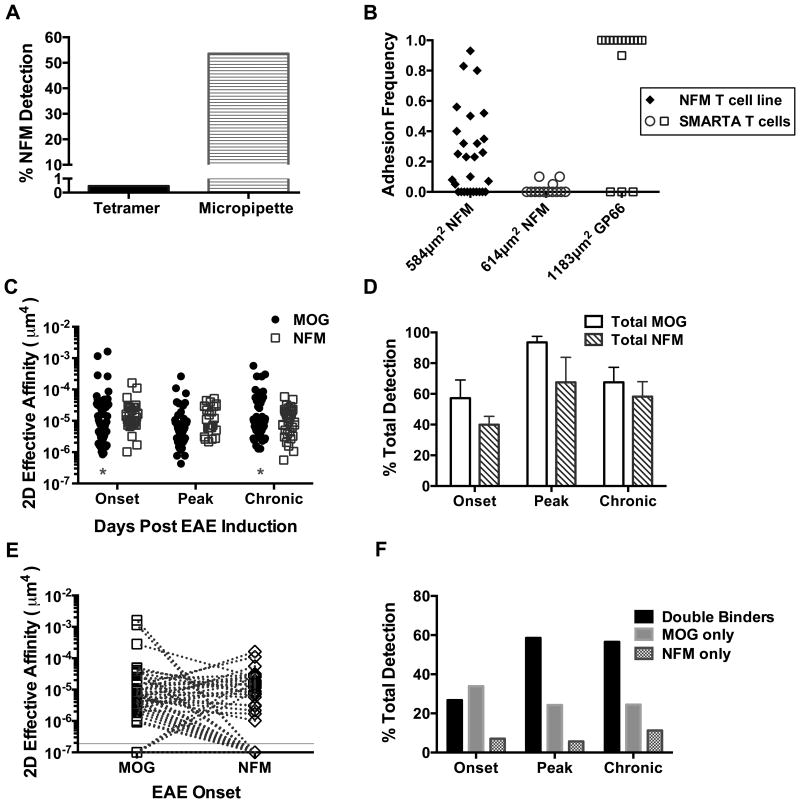Figure 5. CNS T cell infiltrates that recognize NFM18-30 are largely specific for MOG38-49.
A) Splenocytes from a mouse primed with NFM15-35 were cultured for 1 week and tested for NFM18-30 specificity by tetramer (A) or the 2D micropipette adhesion frequency assay with n=28 cells. B) NFM specificity of the 2D micropipette adhesion frequency assay was shown via comparison to LCMV specific SMARTA T cells cultured on GP66-80 (n=16 cells). Densities of the NFM18-30 or GP66-77 I-Ab monomers coated on the RBC sensor are reported on the x-axis and each symbol represents one T cell. C) EAE was induced with MOG35-55 and CD4+ T cells were isolated from the CNS at indicated time points where ‘onset’ designates days 12-16 (n=56 cells), ‘peak’ days 20-23 (n=70 cells), and ‘chronic’ days 28-32 (n=53 cells) post induction. Each dot represents one T cell. Log transformed affinities were analyzed by two-tailed, unpaired parametric t-tests with assumption of equal standard deviations were used to compare MOG38-49 versus NFM18-30 specific T cells at each time point; onset (p=0.51), peak (p=0.058) and chronic (p=0.55). Asterisks mark significant differences in population breadth between MOG38-49 and NFM18-30 specific T cells at onset (p=0.004) and chronic (p=0.029) disease using unpaired, parametric t tests with F tests to compare variances. D-F) Breakdown of the data collected in (C). D) Bar graphs indicate the average percent of detection among the individual T cells analyzed per 2D micropipette experiment; average experiments include 7 for onset, 4 for peak and 5 for chronic time points. No significant difference was seen between MOG and NFM specific detection using a two-tailed paired t tests p>0.1864. E) Each dotted line links one individual T cell between its affinities for MOG38-49 versus NFM18-30. Zero binding of a T cell to a given antigen could not be graphed on a log-scale and were given an arbitrary value of 1×10-7 and are graphically visualized below the solid y-intercept line. F) Breakdown of individual T cell specificity for one or both antigens using the data in panel D. Double binders is a category of cells that recognize both MOG38-49 and NFM18-30.

